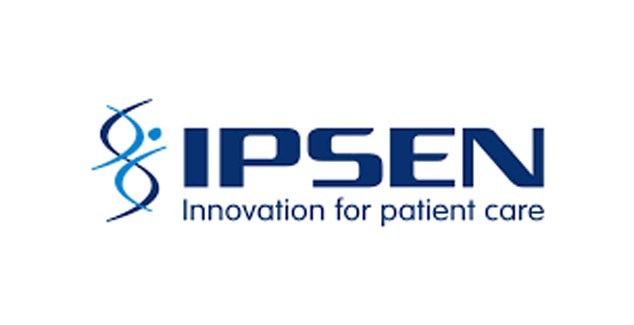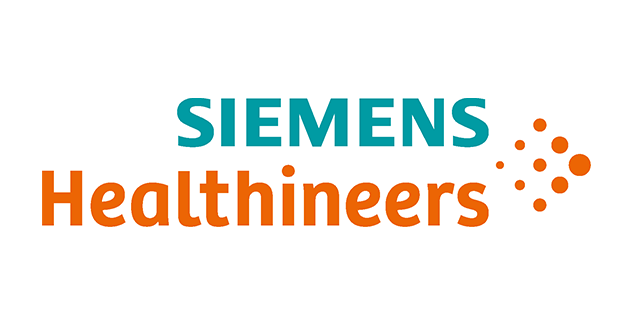Lydia John1, Akanksha William2, Dimple Dawar2, Himani Khatter2, Pratibha Singh1, Anjana Andrias1, Christina Mochahari1, Peter Langhrne3, and Jeyaraj Pandian2.
1Department of Medicine, Baptist Christian Hospital, Tezpur, Assam, India
2Department of Neurology, Christian Medical College, Ludhiana, Punjab, India
3Institute of Cardiovascular and Medical Sciences, Royal Infirmary Hospital, Glasgow, UK
Recently, John et al. (2021)1 published a paper in the Journal of Neurosciences of Rural Practice, detailing their model, and successful experience, of implementing a physician-based stroke unit at the Baptist Christian Mission Hospital, in rural Northeast India; Tezpur, Assam.
The team looked at stroke care and 1 month recovery outcomes both before and after the introduction of stroke unit care, in 250 stroke patients from January 2015 to December 2017.
Stroke Unit care was introduced to the hospital through training of the local physicians on key aspects of stroke care, such as: how to identify stroke, assessment of symptoms, localisation of lesions and rehabilitation of patients. These trained physicians then went on to train their teams in this knowledge and establish stroke care protocols and pathways.

The Stroke Unit at Baptist Hospital, Tezpur.
Recently, John et al. (2021)1 published a paper in the Journal of Neurosciences of Rural Practice, detailing their model, and successful experience, of implementing a physician-based stroke unit at the Baptist Christian Mission Hospital, in rural Northeast India; Tezpur, Assam.
The team looked at stroke care and 1 month recovery outcomes both before and after the introduction of stroke unit care, in 250 stroke patients from January 2015 to December 2017.
Stroke Unit care was introduced to the hospital through training of the local physicians on key aspects of stroke care, such as: how to identify stroke, assessment of symptoms, localisation of lesions and rehabilitation of patients. These trained physicians then went on to train their teams in this knowledge and establish stroke care protocols and pathways.

The CT Scanner at Baptist Hospital, Tezpur.
The multidisciplinary aspect was very important to the team, which was made up of physiotherapists, occupational therapists and nurses. Working together, they completed team meetings to discuss each patient’s care and rehabilitation to ensure good outcomes.
John et al (2021)1 found that after creation of the stroke unit, their patients showed a reduction in hospital stay and an increase in secondary prevention drugs.
One of the limitations pointed out by the team is the number of patients lost to follow up. The team propose that the rate of lost to follow up is quite high due to the rural location of many patients, which makes 1 month follow up tricky to complete. This is certainly something to consider for future studies being carried out in rural areas.
In the paper, the team emphasise that this model of Stroke Unit implementation is particularly important as it utilises existing infrastructure rather than relying on the creation of new roles and resources. This is especially important in low and middle income countries that often do not have the infrastructure to implement new units.1 Dr Richard I Lindley, of Sydney Medical School, New South Wales, highlights in his editorial2 that John et al’s (2021)1 model of stroke unit introduction is a great example of disseminating knowledge and expertise.
Make sure to read the papers referenced below for more information on this study!
References
1 John L, William A, Dawar D et al.Implementation of a physician-based stroke unit in a remote hospital of North-East India—Tezpur model. J Neurosci Rural Pract. 2021;12(02):356–361.
2 Lindley RI. Providing Stroke Expertise across India. J Neurosci Rural Pract. 2021;12(2):226-227. doi:10.1055/s-0041-1726664

 Member login
Member login















